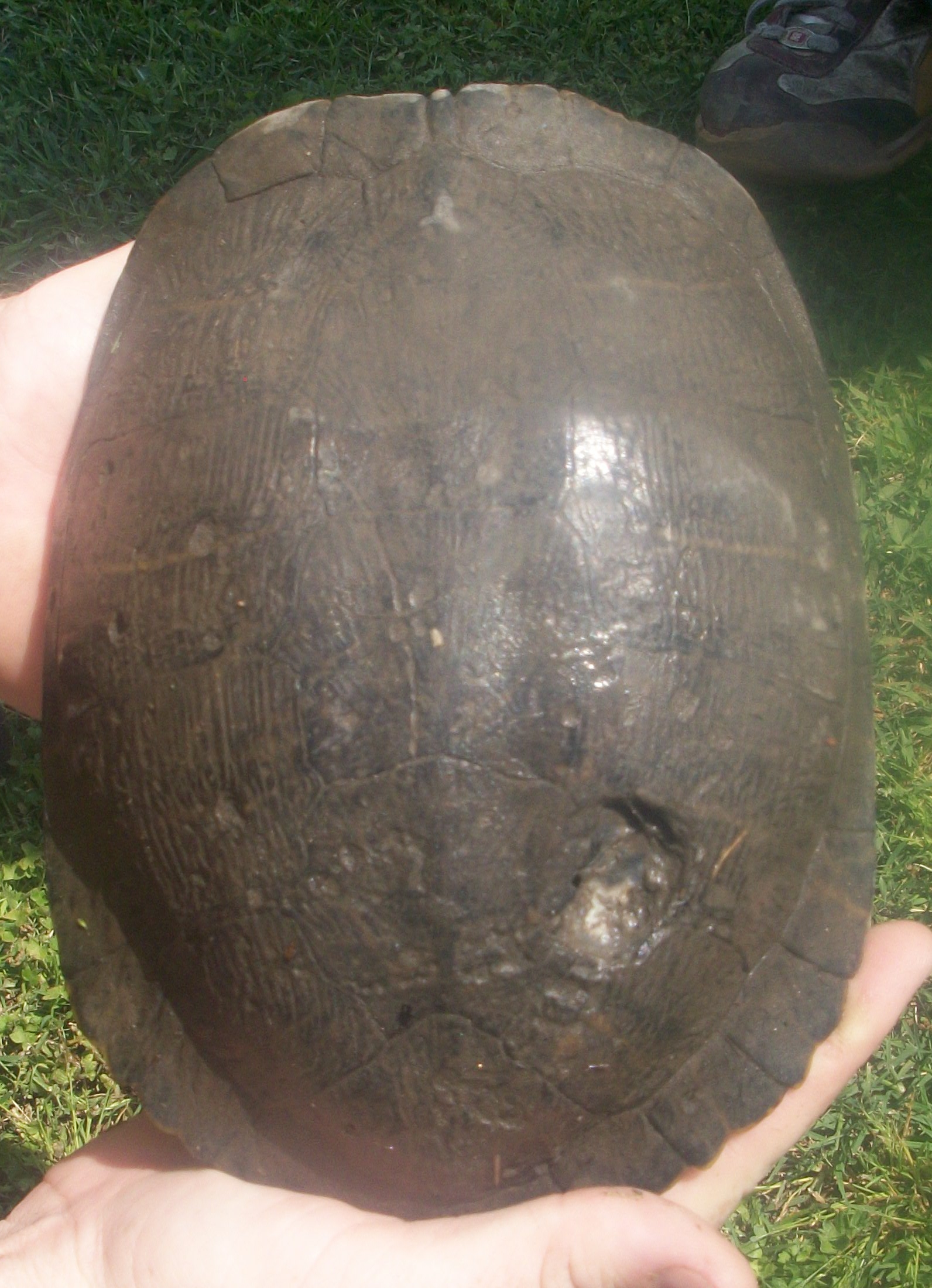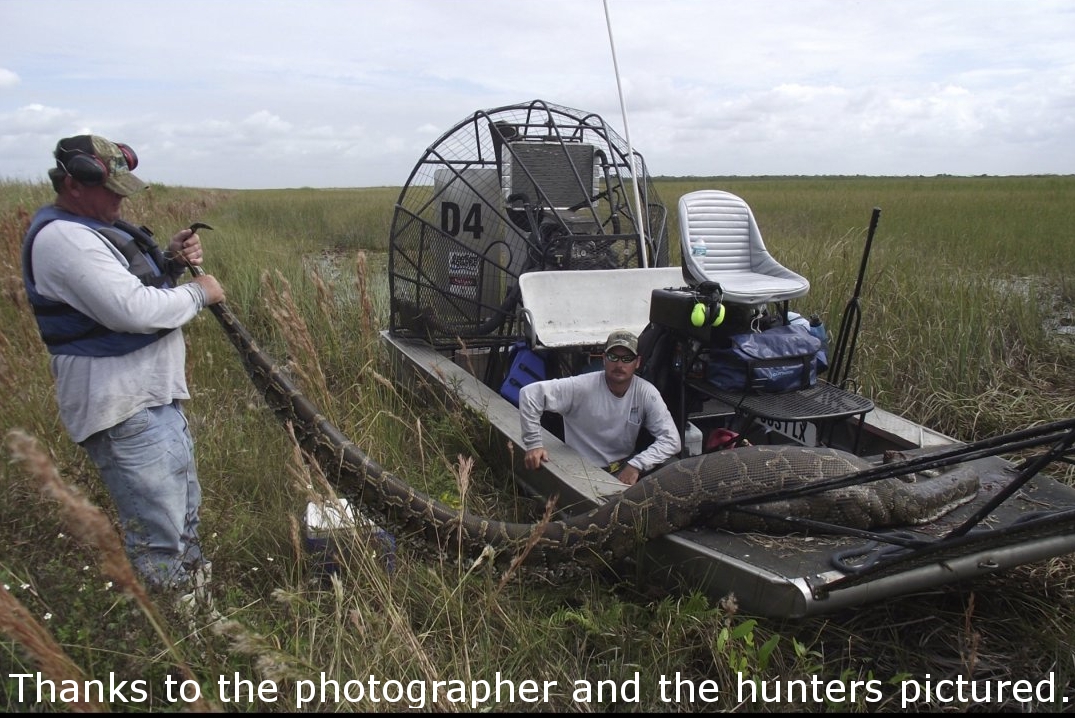Many species of amphibians and reptiles have become rare or
non-existent in their native ranges. There are many reasons that these
species are declining; almost all caused by humans. Pollution, habitat
loss, misperceptions and myths, introduced species, and over collection
are some of the many reasons that herpetofaunal diversity continues to
decline.
Habitat loss is perhaps the largest cause of declines and local
extinctions. Laws and regulations enacted to protect biodiversity have
had only marginal success; in large part because they have not kept
pace with current scientific research. Mitigation laws requiring
replacement of wetlands don’t consider vital functions of the wetland;
including abiotic reactions, primary productivity, species diversity,
or species interactions. Simply put, replacing a ten acre swamp with a
ten acre lake doesn’t recreate the functions nor support the
herpetofaunal diversity of the swamp. Other laws requiring buffer
zones around water sources (breeding habitats for numerous species of
herpetofauna) usually do not extend far enough to encompass enough land
to maintain viable populations of terrestrial amphibians and reptiles.
As an example consider the spotted salamander (Ambystoma maculatum).
This salamander lives in the forest in small mammal burrows but breeds
in ephemeral ponds (below).
To protect enough terrestrial habitat for A. maculatum,
a 175 yard buffer zone is recommended. In Mississippi, there are
general best management practices that are based on the type of land
use next to the water source. Even the most protected areas probably
aren’t large enough to maintain viable populations of A. maculatum.
Another reason many species are in decline is due to
practices that have been around for generations: the shooting of
herpetofauna for fun. | Many people routinely shoot basking turtles and
snakes for target practice or just because they think that it is
harmless fun.  Many turtles and snakes, including endangered species,
are killed in this manner every year in the state of Mississippi. For
turtles, even if they survive, their shells are weakened where the
bullet entered allowing disease causing organisms
entry into the body. In addition, because the shell is an integral
component of the skeleton, the mobility of the turtle may be impaired,
making it easy prey for predators or interfering with mating
activities. The same applies to snakes that are shot and survive. The
wound allows entry by disease causing organisms and their mobility may
be impaired. Many turtles and snakes, including endangered species,
are killed in this manner every year in the state of Mississippi. For
turtles, even if they survive, their shells are weakened where the
bullet entered allowing disease causing organisms
entry into the body. In addition, because the shell is an integral
component of the skeleton, the mobility of the turtle may be impaired,
making it easy prey for predators or interfering with mating
activities. The same applies to snakes that are shot and survive. The
wound allows entry by disease causing organisms and their mobility may
be impaired.
Introduced species are also contributing to herptofaunal declines. Some of these exotic animals
escaped from captivity but many others were released into the wild.
Almost all of these species are able to outcompete native species
and displace or drive into local extinction native species. Some,
such as the large python shown below, are formidable predators, capable
of subduing and consuming almost any other animal, including
crocodylians and small humans.
| The predominant attitude regarding snakes in Mississippi
is that the only good snake is a dead snake. This indiscriminate
killing has led to the decline and local extinction of several harmless
and beneficial serpents. There are many reasons for this attitude
ranging from the notion that all snakes are venomous to belief in the
many false myths about them. The only way to change the misperceptions
about serpents is to educate the public about the differences between
venomous and non-venomous species, explain the benefits of snakes, and
dispel the many myths surrounding them.
Large numbers of both snakes and turtles are deliberately ran over by
motorists every year. Snakes are particularly susceptible to
being run over because of their tendency to lie on roadways at night to
absorb the heat stored by the road during the day. This
deliberate killing of snakes is tied to the misconceptions and myths as
stated above, but the reason for running over turtles seems to be to
see how far the turtle is displaced when struck by the wheels (let’s
see how far it will fly). This misguided behavior is devastating
to turtle populations because the vast majority of turtles on roadways
are females moving to nesting sites. During certain times of the
year large numbers of frogs, toads, and salamanders are on roadways
because it is their breeding season. In some areas during these
times, it is impossible to drive down a road without running over these
animals. |
